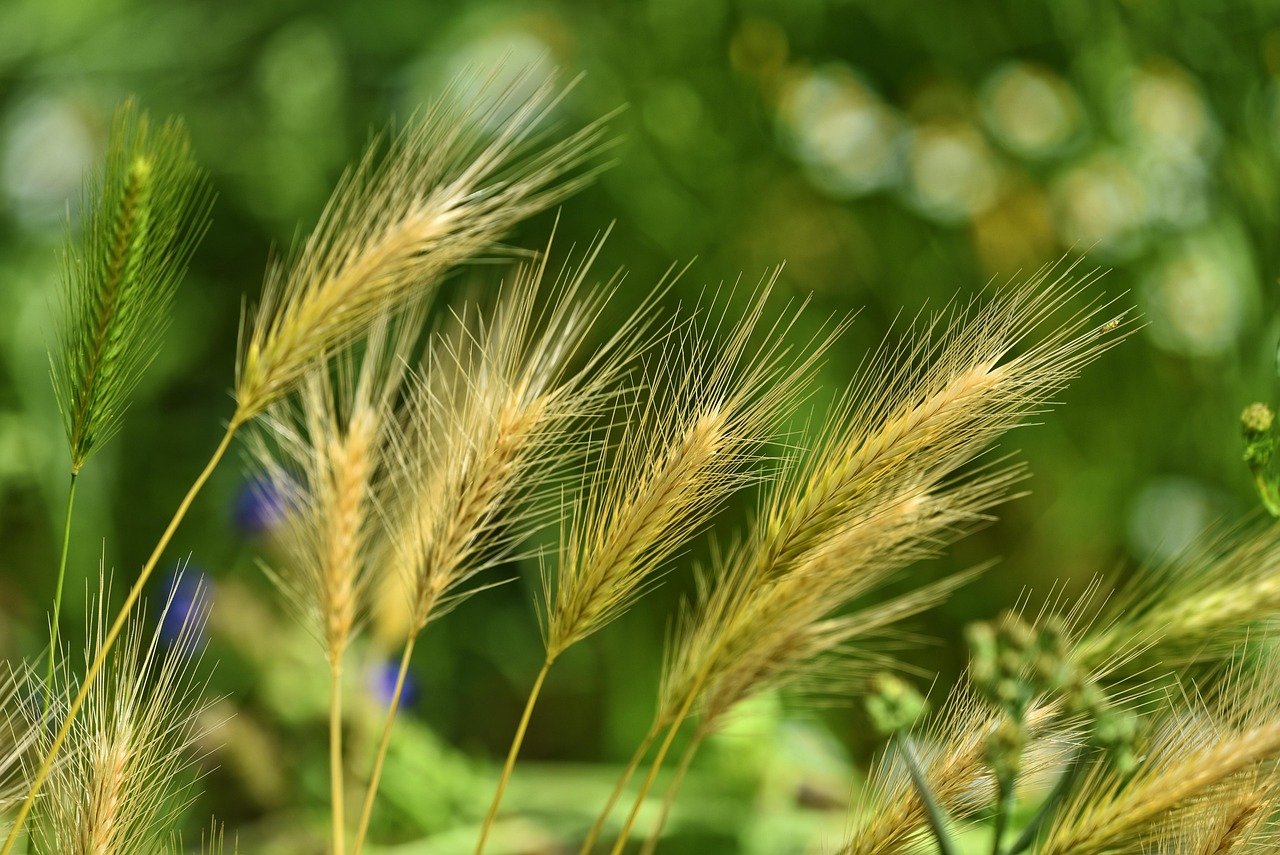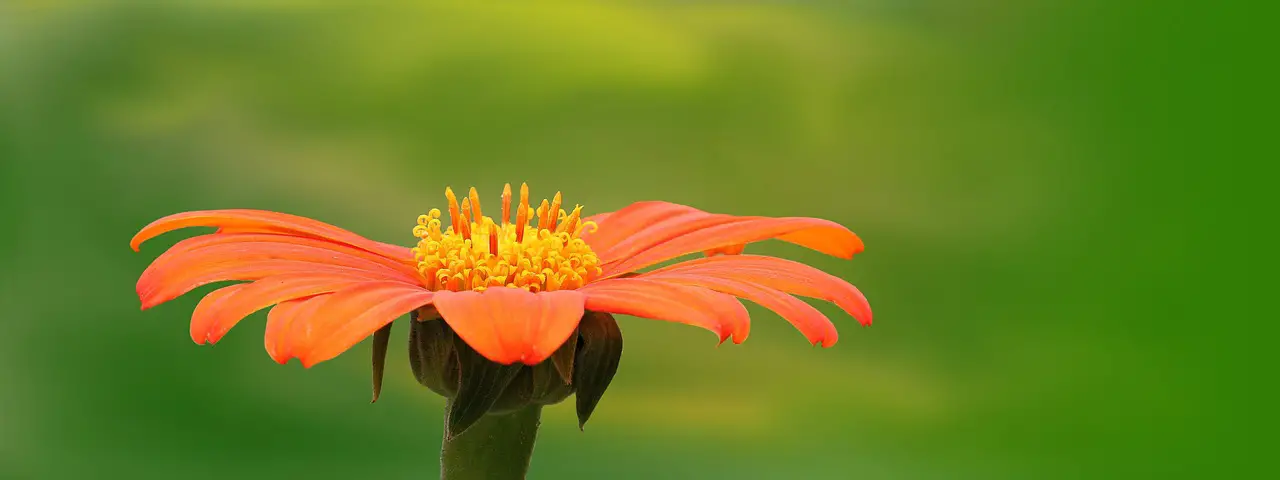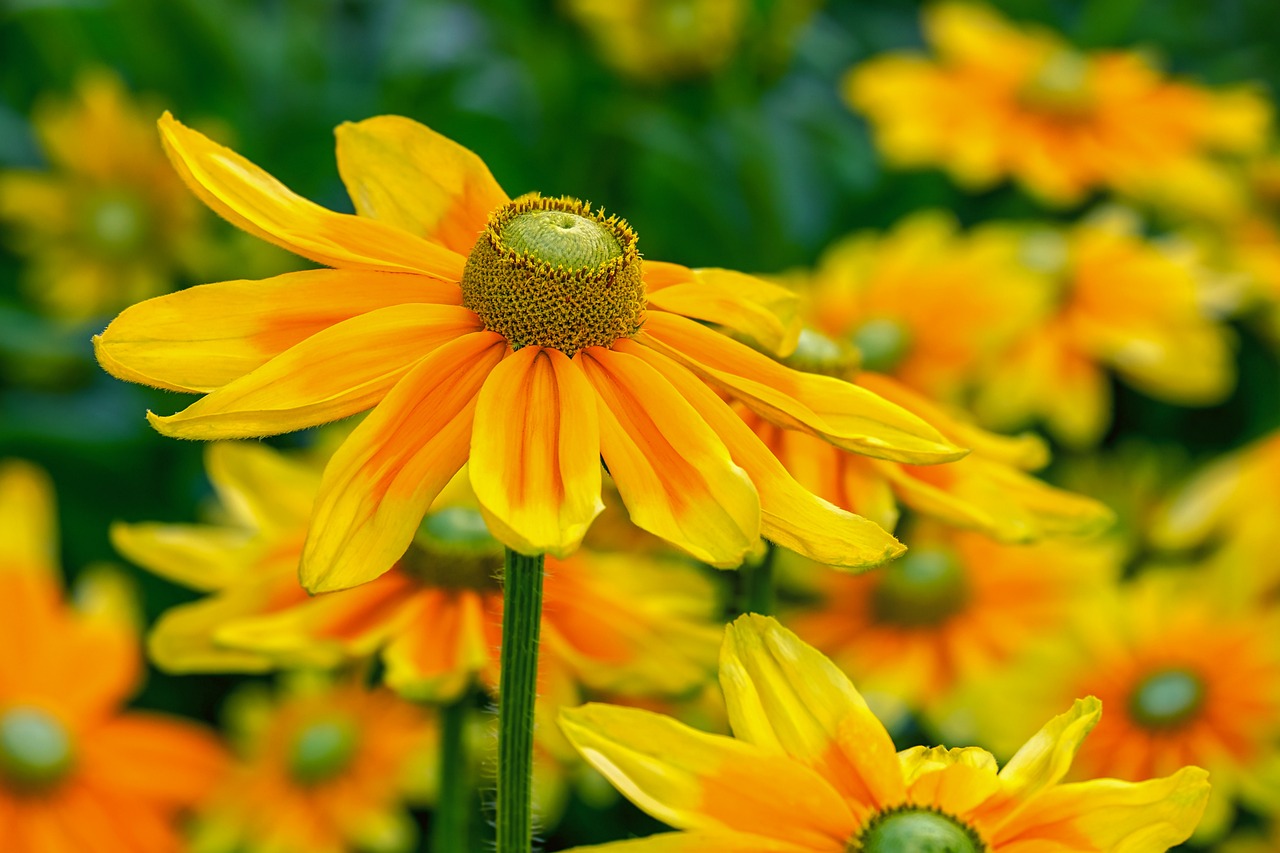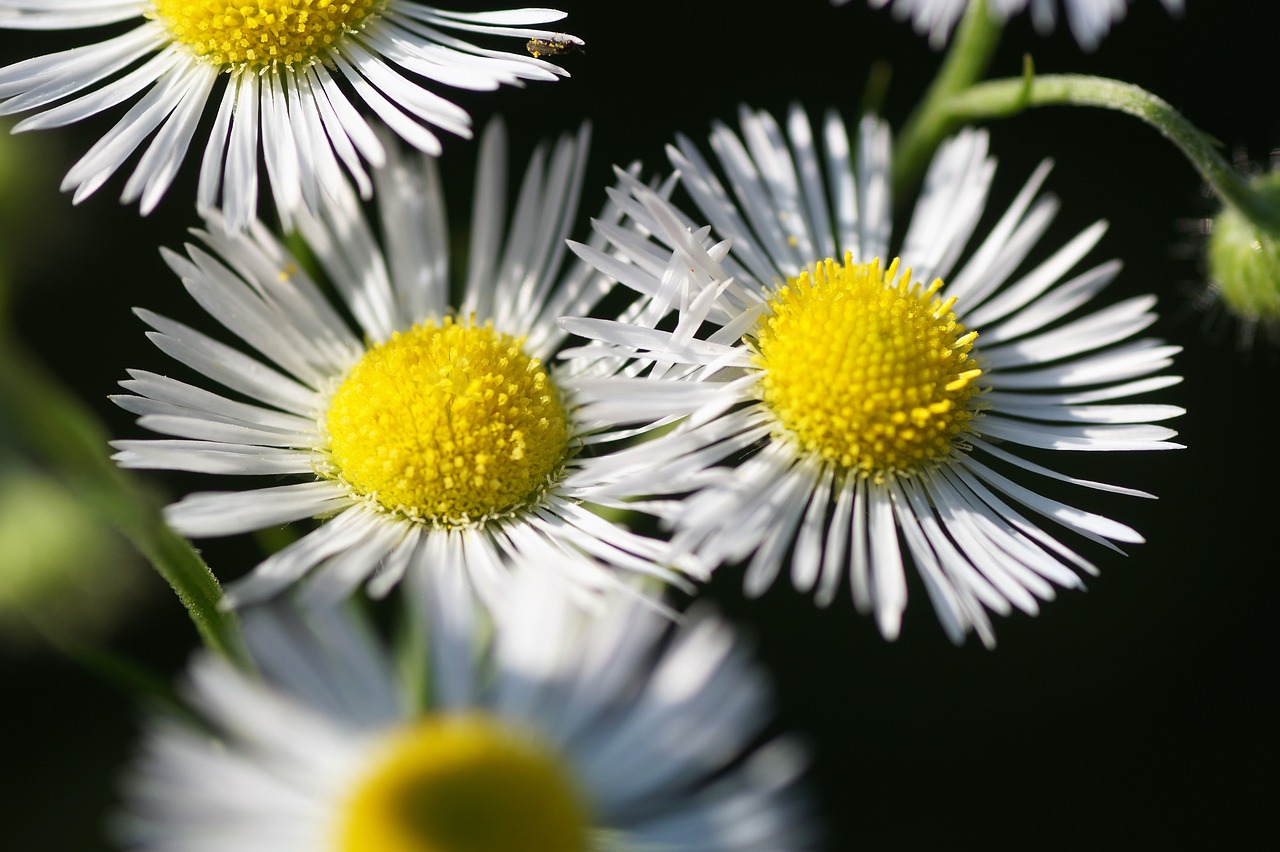Yellow flowering weeds are often seen as bright invaders in our lawns. Their vibrant colors can make any garden or yard appear lively. However, these weeds can also pose challenges for homeowners and gardeners alike. Understanding these plants is essential for effective lawn care and maintenance.
Weeds are defined as unwanted plants that compete with desirable vegetation for resources like light, water, and nutrients. Among the various types of weeds, yellow flowering species are particularly common. These weeds thrive in many environments and can quickly spread if not managed properly.

Many people may appreciate the beauty of yellow flowers. However, the presence of these plants can indicate underlying issues in the lawn. Factors such as poor soil health, overwatering, or lack of proper maintenance can contribute to the growth of these weeds. Homeowners need to identify these plants and take measures to control their spread.
| Common Yellow Flowering Weeds | Scientific Name | Characteristics |
|---|---|---|
| Dandelion | Taraxacum officinale | Bright yellow flowers; deeply toothed leaves |
| Buttercup | Ranunculus spp. | Glossy yellow flowers; often found in moist areas |
| Wild Mustard | Brassica spp. | Long stems; clusters of small yellow flowers |
| Plantain | Plantago spp. | Broad leaves; produces tall flower spikes |
Identifying Yellow Flowering Weeds
Accurate identification is crucial for managing yellow flowering weeds effectively. Each weed has its unique characteristics that set it apart from other plants. By learning to recognize these features, you can take steps to control their growth.
Dandelions are perhaps the most recognizable yellow flowering weed. They feature a rosette of jagged leaves at their base and a single yellow flower head that turns into a puffball when mature. Buttercups, on the other hand, have shiny petals and are often found in damp areas. Their flowers can be mistaken for other species if not carefully examined.
Wild mustard is another common weed that features clusters of small yellow flowers on tall stems. It tends to grow in disturbed soil and can be quite prolific. Lastly, plantains produce long flower spikes above broad leaves. Their adaptability allows them to thrive in various conditions, making them a frequent sight in many lawns.
Understanding the life cycle of these weeds is also important. Many yellow flowering weeds are annuals, meaning they complete their life cycle in one growing season. Others may be perennials, surviving year after year. This difference affects how you should approach control methods.
The Impact of Yellow Flowering Weeds on Lawns
The presence of yellow flowering weeds can lead to various issues in your lawn. These plants often compete with grass for resources, which can result in patchy or unhealthy turf. Additionally, some yellow flowering weeds may attract pests or diseases that can harm your desirable plants.
Weeds can also affect the aesthetic appeal of your yard. While some may find the bright flowers charming, many homeowners strive for a uniform green lawn. The mixed appearance can detract from the overall beauty of your landscape.
Moreover, certain yellow flowering weeds can contribute to allergies or other health issues for sensitive individuals. Their pollen can trigger reactions in people with allergies, making it essential to manage their populations effectively.
Control Methods for Yellow Flowering Weeds

Effectively managing yellow flowering weeds requires a combination of strategies. Homeowners can choose from a variety of control methods, each tailored to the specific weed type and the extent of its growth. Here are some common methods to consider:
Cultural Control
Cultural control involves practices that promote healthy turf and reduce the chances of weed establishment. Implementing these strategies can significantly minimize the presence of yellow flowering weeds in your lawn.
- Maintain Healthy Soil: Healthy soil encourages strong grass growth, making it more competitive against weeds.
- Proper Watering: Ensure your lawn receives adequate water without overwatering. Deep, infrequent watering helps grass develop strong roots.
- Regular Mowing: Keep your lawn mowed to the recommended height for your grass type. This prevents weeds from flowering and setting seed.
- Fertilization: Properly fertilizing your lawn based on soil tests can improve grass health and reduce weed competition.
Mechanical Control
Mechanical control involves physically removing weeds from your lawn. This method is particularly effective for small infestations of yellow flowering weeds.
- Hand Pulling: For a few weeds, hand pulling can be very effective. Be sure to remove the entire root to prevent regrowth.
- Weed Tools: Specialized tools like weeders or hoes can help remove weeds without disturbing surrounding grass.
- Lawn Aeration: Aerating your lawn can improve air and water penetration, promoting healthy grass while making it harder for weeds to thrive.
Chemical Control
If other methods are insufficient, chemical control may be necessary. Herbicides can target specific weeds while minimizing harm to desired plants. However, caution is essential when using chemicals.
- Selective Herbicides: These products target specific types of weeds without harming grasses. They are ideal for lawns with yellow flowering weed issues.
- Pre-emergent Herbicides: These prevent weed seeds from germinating. Applying them at the right time can significantly reduce yellow flowering weed populations.
- Spot Treatments: Directly applying herbicides to specific weeds can limit damage to surrounding plants.
The Role of Native Plants

Incorporating native plants into your landscape can help combat yellow flowering weeds. Native plants are adapted to local conditions and often require less maintenance than non-native species. They can create a robust ecosystem that supports beneficial insects and wildlife, making it harder for weeds to establish.
Some benefits of using native plants include:
- Increased Biodiversity: A diverse plant community can outcompete weeds for resources.
- Soil Health Improvement: Native plants often have deep root systems that improve soil structure and health.
- Lower Water Needs: Many native plants are drought-tolerant, reducing the need for irrigation.
Preventing Future Infestations
Preventing yellow flowering weeds from returning is crucial for maintaining a healthy lawn. Implementing proactive measures can save time and effort in the long run.
- Regular Monitoring: Frequently inspect your lawn for early signs of weed growth. Early intervention is key to preventing larger infestations.
- Mulching: Adding mulch in garden beds can suppress weed growth by blocking sunlight and retaining soil moisture.
- Crop Rotation: In vegetable gardens, rotating crops can disrupt weed life cycles, making it harder for them to establish.
By employing a combination of these strategies, homeowners can effectively manage yellow flowering weeds and promote a healthier, more attractive lawn environment.

Understanding the Life Cycle of Yellow Flowering Weeds
To effectively manage yellow flowering weeds, it is essential to understand their life cycles. The life cycle of a weed can influence how and when to control its growth. Most yellow flowering weeds fall into one of three categories: annuals, biennials, or perennials.
Annual Weeds
Annual weeds complete their life cycle in one growing season. They germinate from seeds, grow, flower, and die within a year. Dandelions and wild mustard are examples of annual yellow flowering weeds.
- Germination: Seeds typically germinate in spring when soil temperatures rise.
- Growth: These weeds quickly establish themselves and can produce numerous seeds in a short time.
- Seed Production: Most annuals flower and seed by late summer or early fall, ensuring their return the next year.
Biennial Weeds
Biennial weeds take two years to complete their life cycle. In the first year, they typically grow leaves and develop a root system but do not flower. In the second year, they flower, set seeds, and die. Common examples include some species of plantain.
- First Year: These weeds focus on leaf production and root growth, often forming a rosette.
- Second Year: Biennials bolt, produce flowers, and subsequently die after seed production.
Perennial Weeds
Perennial weeds live for more than two years and can be particularly challenging to manage. They often have extensive root systems that allow them to survive adverse conditions. Examples include buttercups and certain species of plantain.
- Root Systems: Perennials may have deep roots or spreading rhizomes, which can make them difficult to eliminate.
- Continuous Growth: These weeds can regrow after being cut back or removed if any part of the root system remains.
- Flowering and Seed Production: Perennials may flower multiple times throughout the growing season, continually producing seeds.
The Importance of Timing in Weed Control
The timing of weed control measures is critical for success. Different types of weeds respond better to specific treatments at particular times of the year.
Spring Control
In spring, when temperatures rise and moisture is available, many weeds begin to germinate. This is an ideal time for pre-emergent herbicides, which can prevent seeds from sprouting. Hand-pulling young weeds can also be effective at this stage.
Summer Control
During the summer months, established weeds are easier to identify. This is a good time for targeted chemical treatments or mechanical removal. It is essential to monitor the lawn regularly for new weed growth during this period.
Fall Control
In the fall, many perennial weeds are preparing for dormancy. Applying herbicides during this time can be effective as the plants are actively transporting nutrients to their roots. This method allows herbicides to reach the root system more effectively.
Environmental Considerations in Weed Management
Caring for the environment while managing yellow flowering weeds is vital. Many homeowners seek eco-friendly methods that minimize harm to beneficial insects, pets, and surrounding flora.
- Organic Herbicides: Many organic options are available that can target weeds without using harsh chemicals.
- Natural Mulches: Organic mulches such as straw or wood chips can suppress weed growth while improving soil health as they decompose.
- Biodiversity: Encouraging diverse plant species in gardens can create a balanced ecosystem that naturally controls weed populations.
By understanding the life cycles of yellow flowering weeds and implementing targeted control methods at the right times, homeowners can cultivate a healthy lawn while minimizing environmental impact.
Additional Strategies for Managing Yellow Flowering Weeds
In addition to the methods already discussed, there are several more strategies that homeowners can use to manage yellow flowering weeds effectively. These techniques can enhance overall lawn health while keeping weeds at bay.
Soil Health Improvement
Improving soil health is fundamental to preventing weed growth. Healthy soil promotes vigorous grass growth, allowing it to outcompete weeds. Here are some ways to enhance soil quality:
- Composting: Adding organic matter through compost can improve soil structure, nutrient content, and moisture retention.
- Soil Testing: Conducting a soil test can provide valuable insights into nutrient deficiencies and pH levels, helping you amend the soil accordingly.
- Crop Rotation: In vegetable gardens, practicing crop rotation can disrupt weed patterns by changing the types of plants grown in a given area.
Integrated Pest Management (IPM)
Implementing an Integrated Pest Management approach can also be beneficial. This strategy combines cultural, mechanical, and chemical methods to create a comprehensive plan for managing both weeds and pests:
- Monitoring: Regularly check for signs of weed growth and pest activity to identify issues early.
- Threshold Levels: Determine acceptable levels of weeds and pests before taking action, which can help minimize unnecessary treatments.
- Combination Approaches: Use a mix of control methods suited to your specific lawn conditions and weed types.
Community Involvement and Education
Engaging with local gardening communities or extension services can provide valuable resources and support. Many communities offer workshops, seminars, or printed materials that focus on effective weed management strategies. Additionally, local extension services may provide soil testing and personalized advice based on regional conditions.
- Workshops: Participate in local workshops that educate homeowners on best practices for lawn care and weed management.
- Online Resources: Explore reputable online resources or forums dedicated to gardening and lawn care for shared experiences and tips.
- Neighborhood Initiatives: Join or initiate community clean-up days or gardening clubs that focus on maintaining healthy landscapes.
Final Thoughts
Yellow flowering weeds may be bright invaders in our lawns, but with proper knowledge and management techniques, homeowners can control their spread while maintaining a vibrant landscape. Understanding the life cycles of these weeds, employing various control methods, and prioritizing soil health are essential steps toward success.
By integrating cultural, mechanical, and chemical approaches—along with eco-friendly practices—homeowners can create a balanced ecosystem that supports desirable plants while minimizing the impact of weeds. Staying informed through community resources and ongoing education will empower individuals to tackle these challenges effectively.
Ultimately, a well-maintained lawn not only enhances the beauty of your home but also contributes positively to the environment. With diligence and care, you can transform your lawn from a battleground against yellow flowering weeds into a lush and thriving green space.
